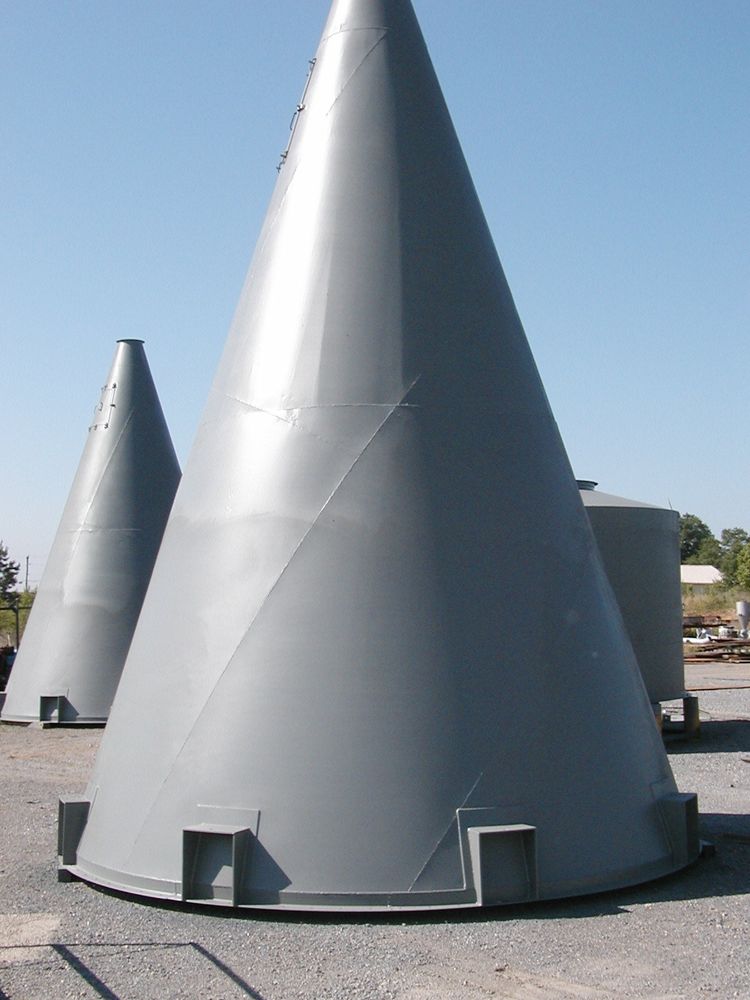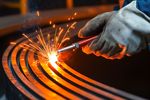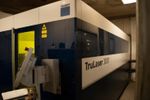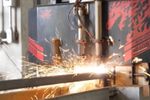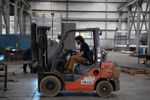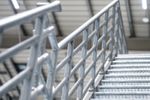When you need something made from metal, you need metal fabrication — but that could be as crude as the use of an arc welder and a portable cutting torch. When you need something manufactured from metal to more exact specifications, whether it’s for delicate metal decorations, steel construction beams, or something in between, what you really need is custom metal fabrication.
Custom metal fabrication employs a wide range of industrial tools and equipment that can cut, bend, roll and join metal into complex shapes and assemblies. The most common metals used are carbon steel, stainless steel, aluminum and copper. Some applications call for specialty metals, so custom metal fabrication also employs metallurgy when needed to determine the best metal for the job.
Sheet Metal Versus Structural Metal
Metal comes in two primary forms as a starting point for custom fabrication: sheet metal and structural metal.
Sheet metal comes in rectangular sheets or in rolls of various sizes and thicknesses. When sheet metal is 3/16-inch thick or greater, it’s commonly referred to as plate metal, and is often classified as plate.
Structural metal is metal stock that comes already formed into a particular shape, usually defined by its cross section. The most common shapes are beams, angles, channels, and hollow structural shapes, called HSS. A pipe is a type of HSS with a circular cross-section. Other profiles of HSS include square, rectangular and elliptical. Structural metal can also include specialty metal stock, such as prefabbed grating.
Primary Custom Metal Fabrication Processes
Three primary functions of a custom metal fabricator are: cutting the metal stock to desired shapes and sizes, forming the metal by bending or manipulating it in certain ways, and joining the elements of an assembly together.
Each of the primary processes breaks down into a variety of methods and types of equipment used for each, depending on the requirements of a particular custom metal fabrication job.
Metal Cutting Metal can be cut using specialized saws, shears, and sources of extreme heat, which can include high-definition plasma and laser cutters. A subset of cutting is punching, which creates holes or openings through pieces of metal.
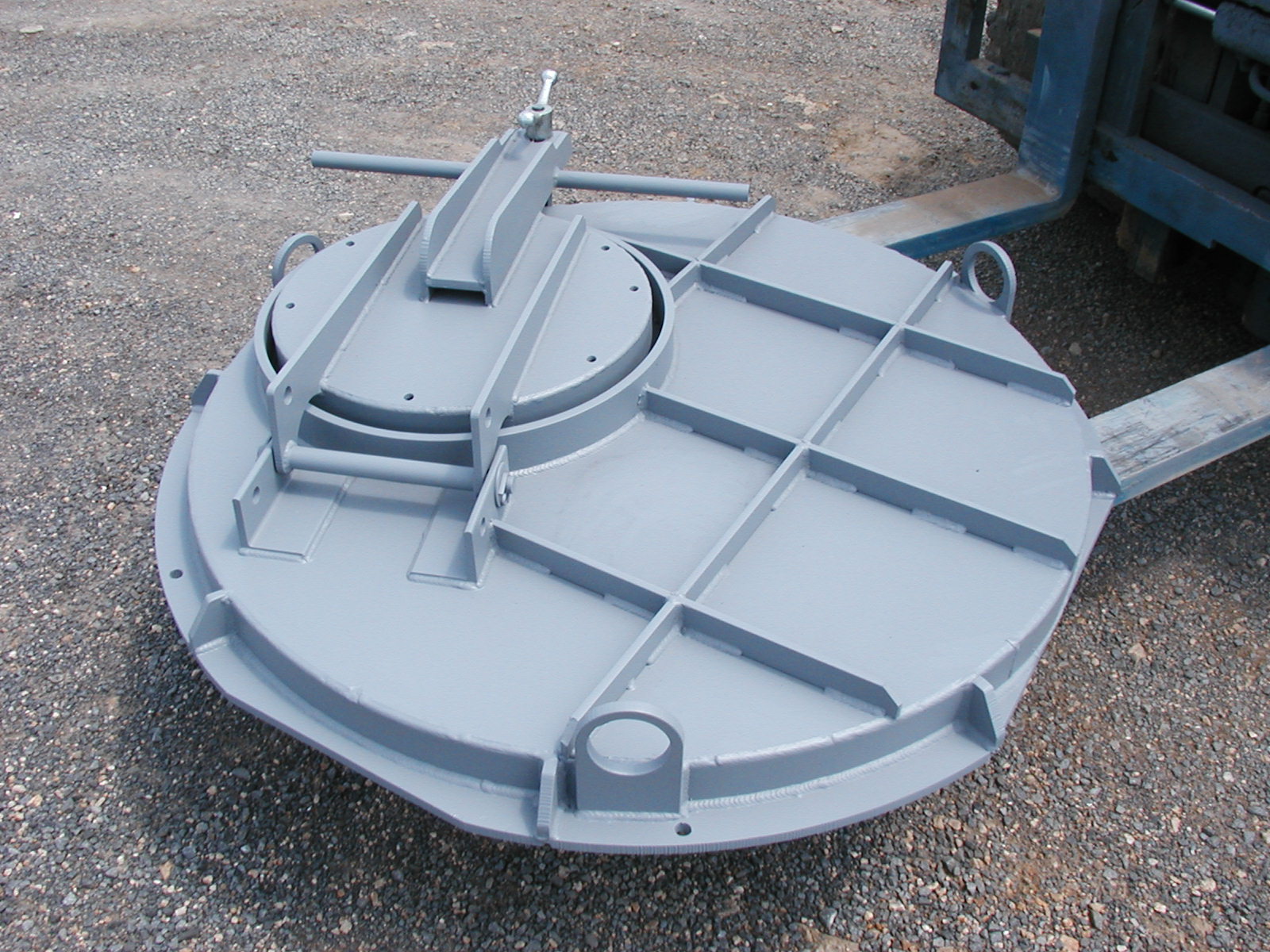 Plasma tables are used to cut complex circles and curves.
Plasma tables are used to cut complex circles and curves.
SAWS: Industrial metal saws come in a variety of shape and sizes — usually large circular saws or specialty band saws that can cut most every type of metal, from plate metal up to giant construction I-beams. Saws are used for straight-line cuts. They are often used in “beam lines,” where the beams are sent down a roll conveyor to be cut to exact sizes dictated by architectural drawings.
SHEARS: Shears for custom metal fabrication are industrial machines of various sizes and configurations that cut sheet metal. Rated for different thicknesses, these machines cut the metal using opposing blades, similar to the operation of scissors, though one side is normally fixed while the other moves in an angled levering motion. Some, such as bench shears, are operated manually. Large shears are operated with hydraulics, including rams for holding the material in place. Shears are commonly used for straight-line cuts.
HIGH-DEFINITION PLASMA AND LASER: Industrial plasma tables allow for cutting plate metal into almost any shape or size. Plasma can cut custom shapes such as circles or complex curves and often is operated with computer numerical control (CNC). A plasma cut is somewhat cruder than laser. Laser cutting machines are used for extremely clean and precise cuts in almost any type of metal, and make it possible to create intricate shapes, such as decorative copper filigree.
PUNCH AND NOTCH: Industrial metal punch presses utilize dies that are struck against the metal to create openings of almost any shape or size, often using CNC. These high-pressure devices can make use of either mechanical, electro-mechanical or hydraulic force.
Metal Forming
Custom metal work entails forming the raw stock into the desired shapes using industrial machines capable of generating the forces and pressures needed to alter the metal to precise tolerances.
ROLLING: While specialized hot rolling is used for the creation of raw metal stock, in custom metal fabrication cold rolling is most often used to shape sheet or plate metal into cylinders or curves. Plate rolling creates curves, while angle rolling creates defined angles, usually at 90 degrees.
PRESS BRAKING: Industrial press brake machines bend and form metal using high pressure and metal dies. A convex metal die is mounted into the press brake above a corresponding concave die mounted below. The metal to be shaped is inserted between them. Powerful hydraulic or mechanical force moves the convex die down toward the concave die, forcing the metal into it and bending it into the shape formed by the dies.
Assembly and Finishing
Once metal elements are cut and shaped, multi-element products need to be assembled and joined. For instance, a metal storage tank might have a cylindrical body, a dome top, a conical bottom, an access ladder, and various doors or hatches that all have to be assembled. Depending on the design, the assembly could include fasteners, such as rivets or nuts and bolts, or welding, requiring MIG, TIG or stud welding.Processes used to create finishes on metal can include blasting, passivating, galvanizing or painting.
Capabilities Are Key
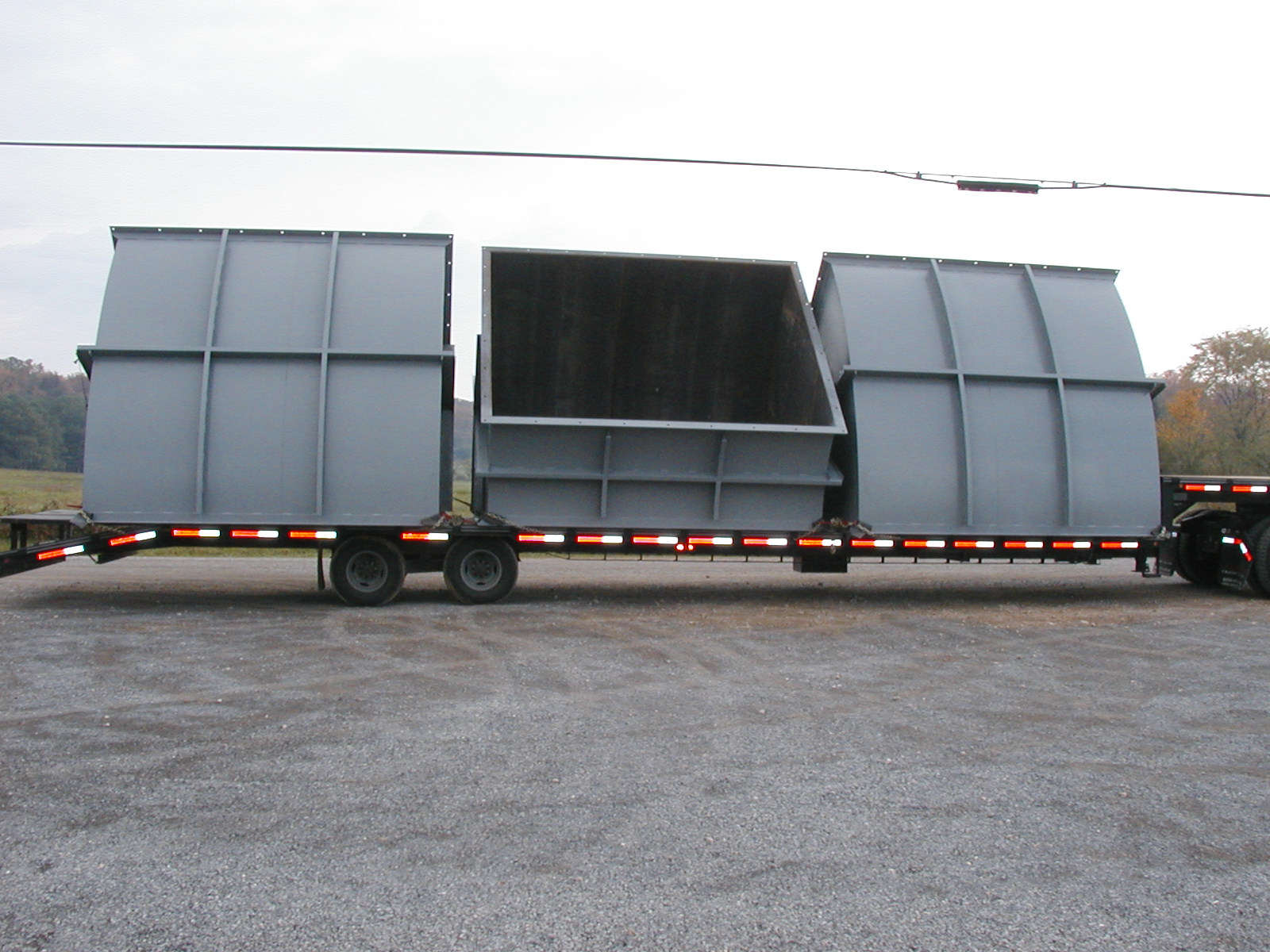 With a consistent finish, this ductwork is ready to ship.
With a consistent finish, this ductwork is ready to ship.
Custom metal fabrication is a complicated process. When you have a project that requires it, look for a fabricator that has as many capabilities as possible under one roof. This approach will keep costs, time and hassle down to a minimum.
With over 20 years in the business, Southern Metal Fabricators has all these capabilities and more. We’ve even got “ironworker” machines that combine several operations — such as press braking, punching, notching, and shearing —into one computerized workstation.
View the details of our in-house facilities at the capabilities page of our website. Or, call us today at 1.888.421.9661, and give us a chance to say, “Yes, we can do that” to your next custom metal fabrication job!
